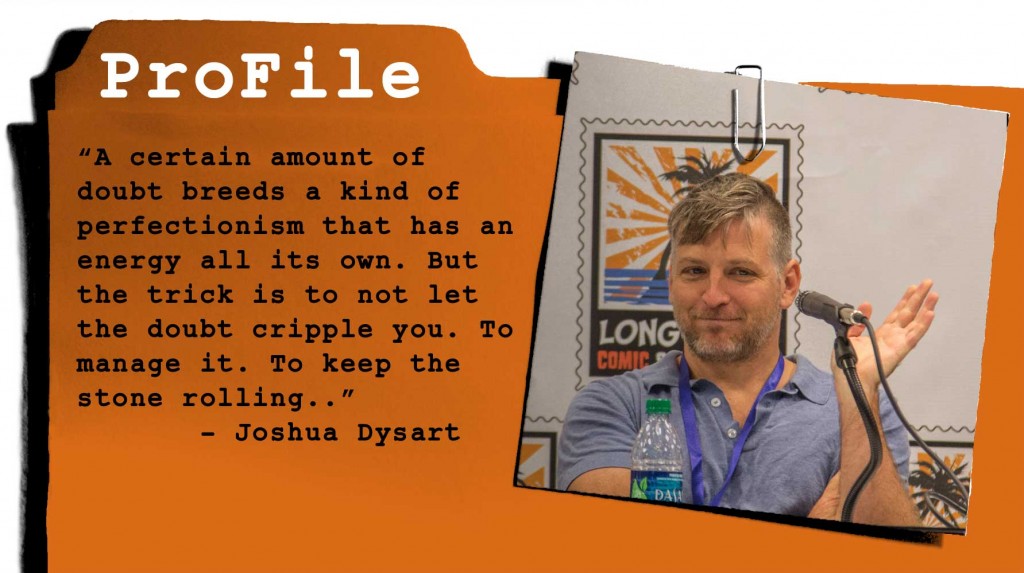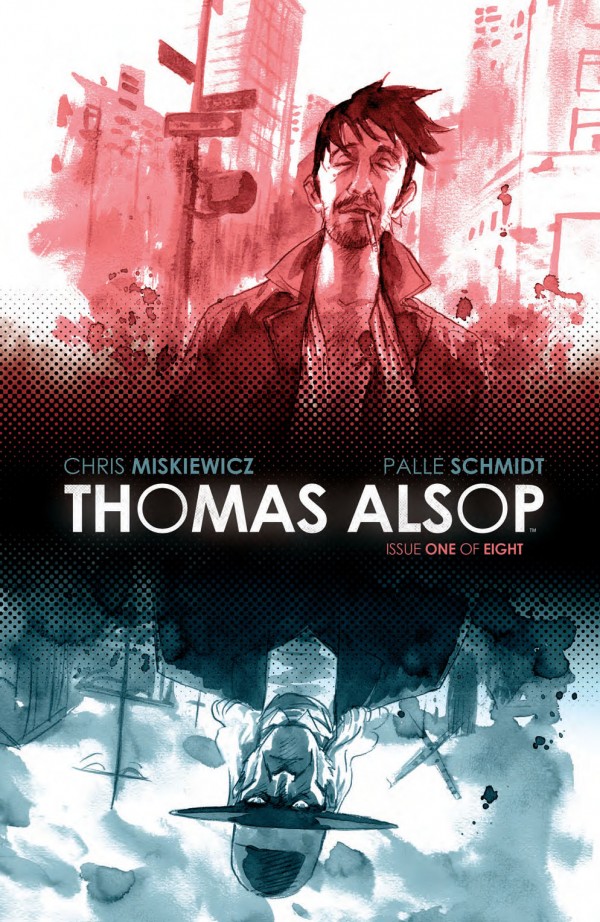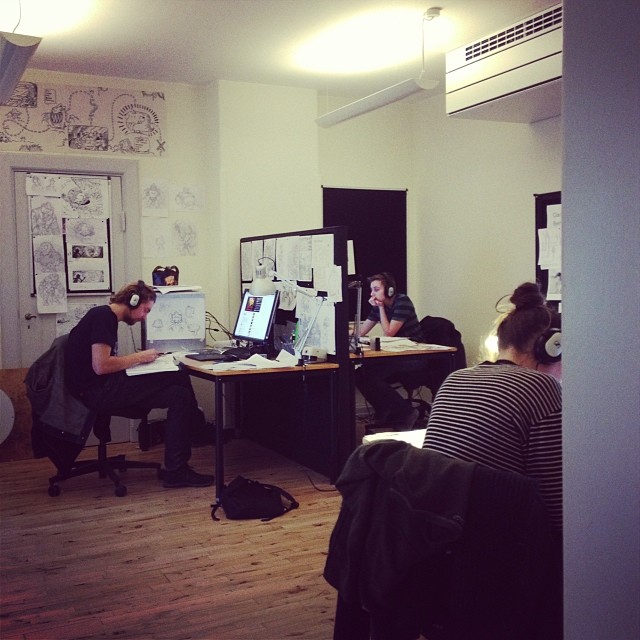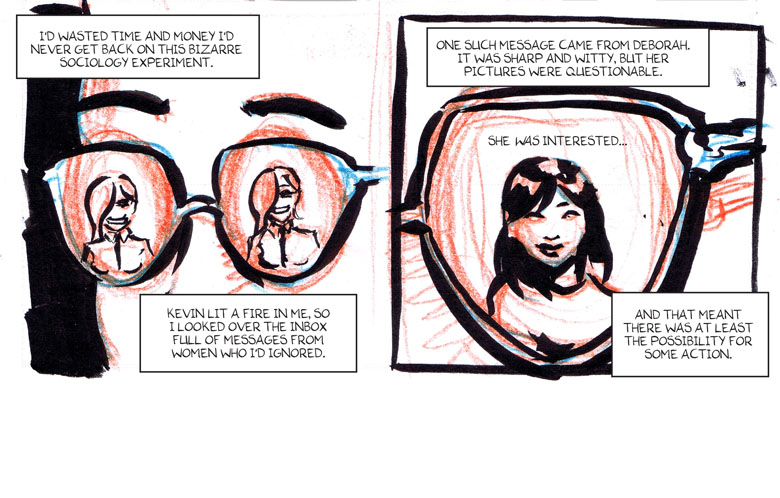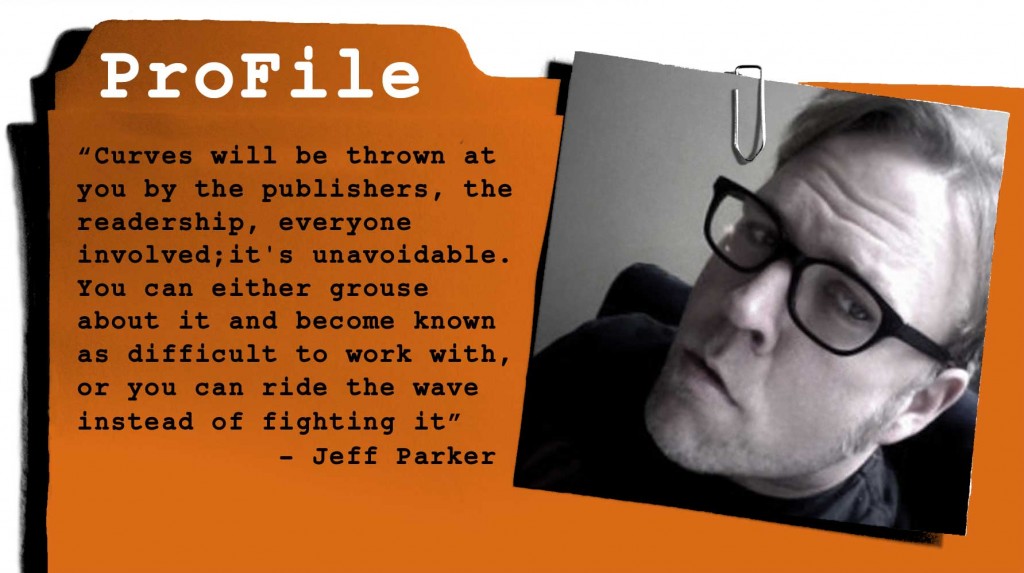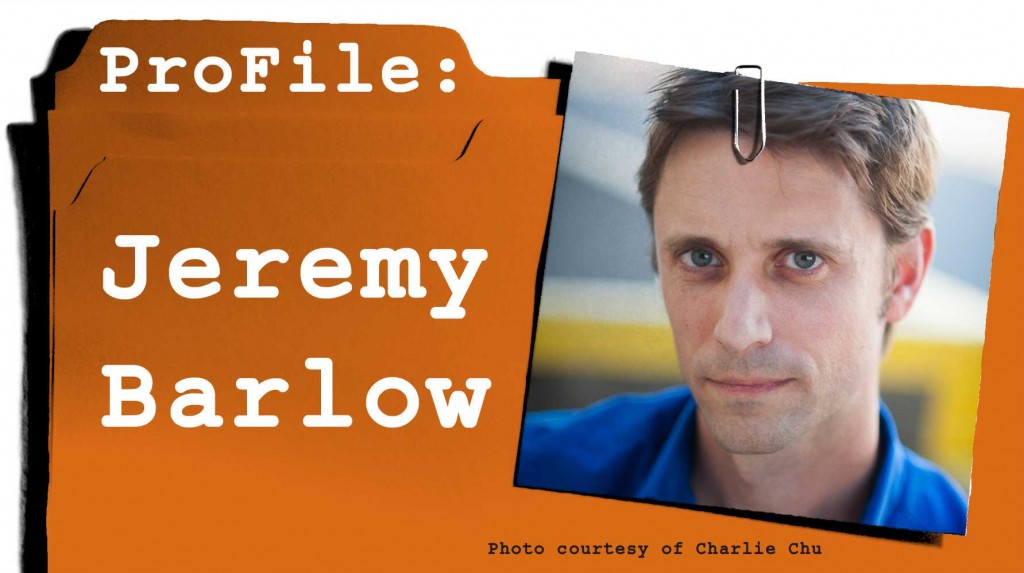Joshua Dysart is a multiple Eisner Award nominated, Glyph award-winning, New York Times Bestselling comic book writer and graphic novelist whose work has been reviewed and discussed by the BBC, CNBC Africa, The New York Times, the Huffington Post and elsewhere. He has collaborated with Mike Mignola, Richard Corben, John Totleben, Igor Kordey, Enrique Breccia, Rick Veitch, Fábio Moon & Gabriel Bá and Eric Powell, among others. He wrote a two year stint of the legendary Swamp Thing and has also worked on Conan, Hellboy and the Hellboy spinoff, B.P.R.D. He’s currently writing the relaunch of Harbinger for Valiant Entertainment and has been called one of the key architects of their universe.
From 2008 to 2010 he wrote a revamp of The Unknown Soldier for Vertigo. The storyline took place in Acholiland, Uganda in 2002 during the war between the Lord’s Resistance Army and the Ugandan People’s Defence Force. Dysart spent a month in Northern Uganda conducting interviews with child soldiers and others affected by the war to research the book.
What made you decide to work in the medium of comics?
It started out as an accident, sort of. I mean, I’ve always loved and read comics. They have always spoken to me. But I never thought of a career in them save for a few attempts at a young age to con artist friends into doing books with me. If I’d been really driven to do it at a young age, I imagine I would’ve also been driven to learn how to draw as well. As it stands my lack of artistic skill is my greatest flaw as a comic book writer. So it was life that made this happen, not me.
I’d done some script supervising work for a very small, struggling movie production company in Los Angeles in my early twenties. The company was run by a friend of mine, Jan Utstien. A few years after I’d stepped down from that gig and gone back to writing for myself (unpublished short stories, poetry, essays, etc.) she phoned me and said that she had fallen in love with a comic book artist. They wanted to self-publish something together but they needed a writer. I wasn’t very enamored with the first pitch they sent my way, so I ended up going to Mexico for a little under a year. Just to knock around down there, check out the Chiapas revolution, go to Guatemala and Belize, that sort of thing. When I got back I was flat broke and really needed something to dig in to. I went back to waiting tables and working in book stores and in my spare time I worked on this comic for Jan and, by then, her husband Bill O’Neal. That book ended up being a black and white self-published book called Violent Messiahs.
This was 1997 and the comics industry was crashing fast. Thousands of stores were closing a year. It was a terrible time to self publish a black and white. But, inversely, the Hollywood gold rush on comics was really starting to escalate. For better or for worse, they saved the comics industry by subsidizing us through that era. Anyway, that very first issue (there was never an issue #2) got passed around LA and I kept flying out from Texas to go to meetings. In 1998 I just figured I should make a go of it. I didn’t really have anything else going on in my life. So I moved to LA and slept on Jan and Bill’s couch and we republish Violent Messiahs in color with a different artist, Tone Rodriguez, at Image. It was here in LA, creating comics everyday all day and being dead, dead broke as I approached thirty, that I started to fall in love with idea of becoming as good as I possibly could at making comics. I spent the next four years sleeping on couches, refusing day jobs (save for the very brief and rare exceptions) living hand-to-mouth and making, mostly shitty, comics every single day. I’ve spent the rest of my life since struggling to understand how to create a great comic. I’ve succeeded a few times, but not as much as I would like.
What part of the process is the most challenging or frustrating to you?
Believing in myself. Writing is a Sisyphean struggle, and Sisyphus knows that you’ve got to get some momentum, some traction on a project, before that stone starts to move. But when you’re at the base of the mountain, only personal faith in yourself will get the stone going. Belief that the ideas will come, that your voice matters, that there’s a reason why you do this awesome job and others don’t, that’s the only thing that’s going to get you started. And you have to find that belief at the start of every single new project. It’s gotten easier over the years for me, of course. Success breeds faith in yourself, but that doubt has never really gone away, and it makes the inception moment of any project extremely difficult. Hell, even just the inception of any single issue comic is pretty hard for me. I would also argue that a certain amount of doubt breeds a kind of perfectionism that has an energy all its own. But the trick is to not let the doubt cripple you. To manage it. To keep the stone rolling. Total faith in yourself will result in unexamined work and halt growth. But total lack of faith will resort in creative paralyses. As with all things, the middle path is the way.
Secondarily, I always have a problem picking my next project. I’m a person that can have a new idea every single day, and that breeds a kind of inactivity. That’s why you don’t see a lot of creator owned stuff from me. If I don’t have an editor to offer me a paycheck and tell me which project they want me to work on, I’ll do a million things at once and none will get done. I’m hoping to learn how to navigate that tendency soon though because I do feel like there’s something missing in my career, and that working on things that belong fully to me might be the missing piece. Of course “Violent Messiahs” was a creator-owned work, but I wrote that over seventeen years ago. I’m a much, much different writer and person now and I look back on that series and wince a little, despite how good it’s been to me all these years.
If you could give one piece of advice to an aspiring comics creator, what would that be?
The best advice I can offer any new comer is that they understand that comics, more than any other medium, is a small community. And you have to become part of that community before you can achieve the goals you have in mind for yourself. You have to make comics and get them out in the world. You have to go to shows. You have to make friends with people in the industry and those at your professional level so that you all lift each other up. You have to invest in yourself. That’s easier than ever now that we have the internet, but it also increasing the amount of noise that’s out there. But that’s okay. Ask yourself, if I never got paid to make comics would I still make them? If the answer is yes, then blaze your trail and make your own work.
